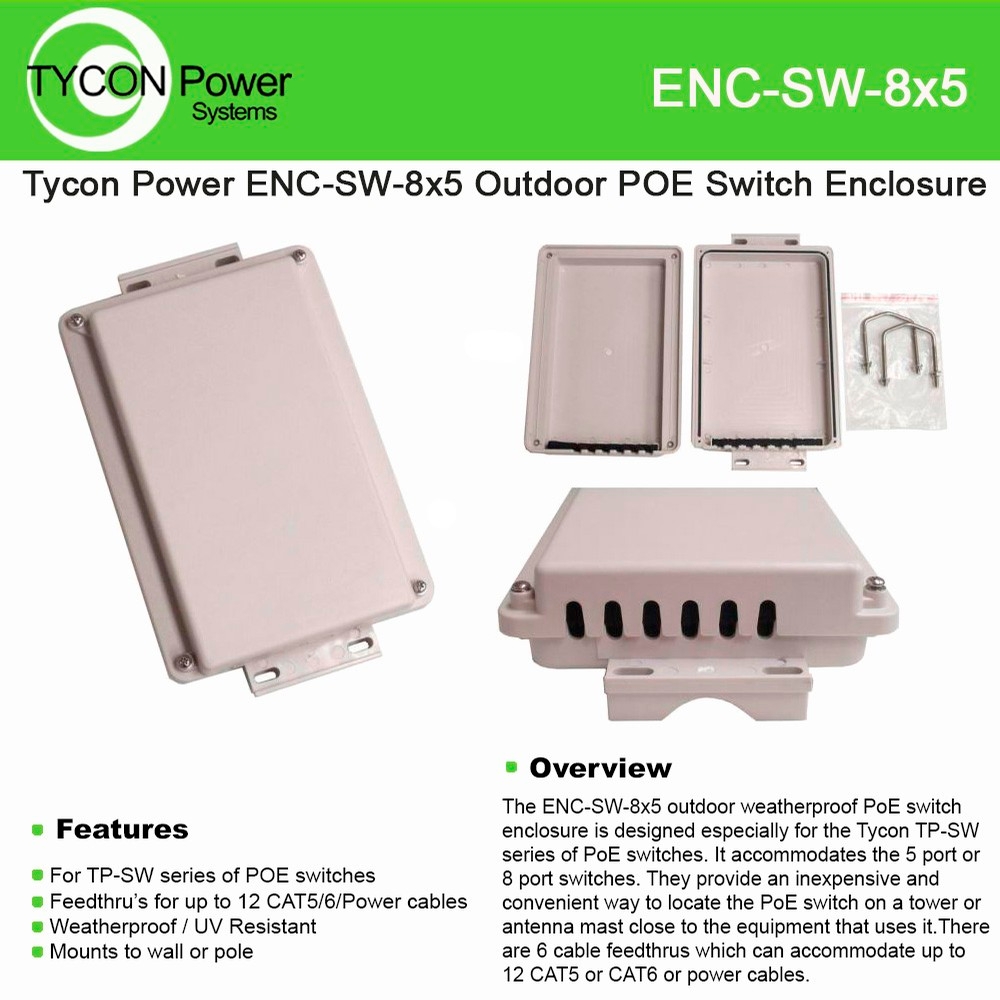Ok, reviewing complete. I'll pass I think, in this climate. The winter moisture isn't something, now that you all point that out, which I want to deal with. The insurance liability isn't even an angle I thought of. That alone should be enough to make any home owner perk up. If I were incredibly serious about this all, and wasn't mainly focused on wildlife, I would put forth the effort to use hardened products in an effort to go beyond code etc. But I'm not, and this is just a fun hobby right now so why push luck.
What I need to do is source a good tool for fashioning my own custom cable, because another 4 lines could fit that conduit I mentioned but not while the RJ45 ends are in place. At some point really ear;y on it begins to make sense to source bulk line, and all the trimmings plus the tool. And the tool I'd be looking for should probably be something which can also help out RJ45 outlets while I'm at it.
Thanks for all the input guys. In my region it looks to be a no-go, for a lot of the reasons stated. Others of you have and will find this information useful, and it's good that you have these options and choices.
Nothing stopping you from doing this just sit down like you have now and ask questions & research.
Now you know the pros & cons the next step is to simply identify the correct accessories and hardware to use. As others noted Ubiquiti makes several outdoor rated POE switches along with cases.
Many other companies offer IP rated boxes for whatever size you need. The first thing to consider is location as this dictates everything else down the road. If say you buy the cheapest Saturday Night special POE switch but everything else is top shelf.
If you put the switch in an enclosed (sealed) box and it’s in direct sunlight during the summer it will quickly burn up and die.
The same box in the shade / cover will allow the Saturday Night special to last at least a year.

You’ll note I specifically noted a sealed box vs a vented box! People often get confused between which IP rated box to use because this is directly related to the environment, location, and the rating of the electronics inside.
A perfect example is anything that has a fan must use a vented box! X item doesn’t have a fan on it for fun and the heat simply can’t be left to cook inside within a sealed box! As I noted early on heat is the primary killer of any electronics besides dirty power.
Keep in mind sometimes you want to keep the heat in. This again is driven by the environment it will operate in. I was posted at a arctic military site for 18 months to install new communication towers and network hardware.
The mean average is -55 to -61’C no wind chill!

In that install a sealed waterproof box made sense along with a small temperature regulated heater. In the so called summer time (-32’C) the equipment made enough self generated heat the auxiliary heater didn’t need to come on.
In another install we used a vented box to allow flexibility of operations. In the summer the guys simply had to pull a metal tab to open the vent. In the winter close the same to keep condensation down. Sensors were installed to alert the users when the tab had to be open / closed and if they failed to do so at some point the system would kill power to that shiny toy they depended upon!


Other considerations is plastic vs metal box. Again this choice is driven by the environment and you probably know by now I didn’t use a plastic box no matter how good in the Arctic!
Besides the extreme cold polar bears would chew it up in five seconds. Lastly, always verify the UV listing for any enclosure because UV besides temperature is going to chew up a box in short order.









 You’ll note I specifically noted a sealed box vs a vented box! People often get confused between which IP rated box to use because this is directly related to the environment, location, and the rating of the electronics inside.
You’ll note I specifically noted a sealed box vs a vented box! People often get confused between which IP rated box to use because this is directly related to the environment, location, and the rating of the electronics inside. In that install a sealed waterproof box made sense along with a small temperature regulated heater. In the so called summer time (-32’C) the equipment made enough self generated heat the auxiliary heater didn’t need to come on.
In that install a sealed waterproof box made sense along with a small temperature regulated heater. In the so called summer time (-32’C) the equipment made enough self generated heat the auxiliary heater didn’t need to come on.

